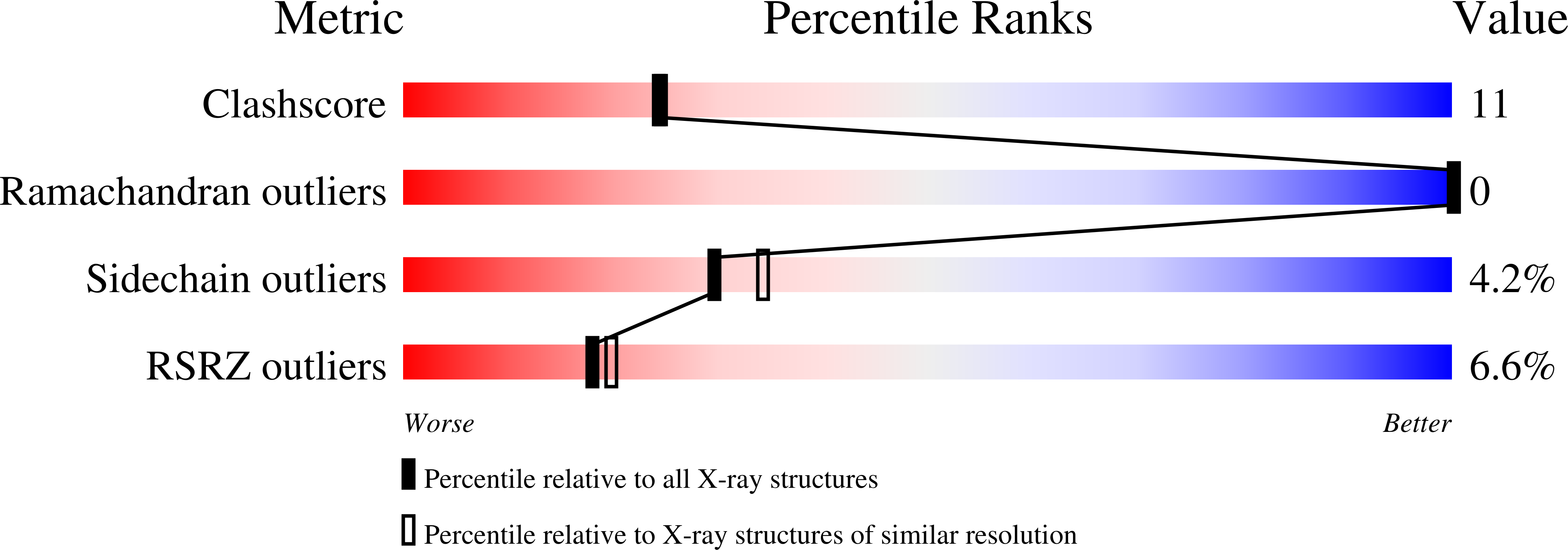
Deposition Date
2006-02-27
Release Date
2006-07-25
Last Version Date
2024-11-06
Entry Detail
PDB ID:
2G77
Keywords:
Title:
Crystal Structure of Gyp1 TBC domain in complex with Rab33 GTPase bound to GDP and AlF3
Biological Source:
Source Organism:
Saccharomyces cerevisiae (Taxon ID: 4932)
Mus musculus (Taxon ID: 10090)
Mus musculus (Taxon ID: 10090)
Host Organism:
Method Details:
Experimental Method:
Resolution:
2.26 Å
R-Value Free:
0.24
R-Value Work:
0.20
R-Value Observed:
0.20
Space Group:
P 21 21 21


